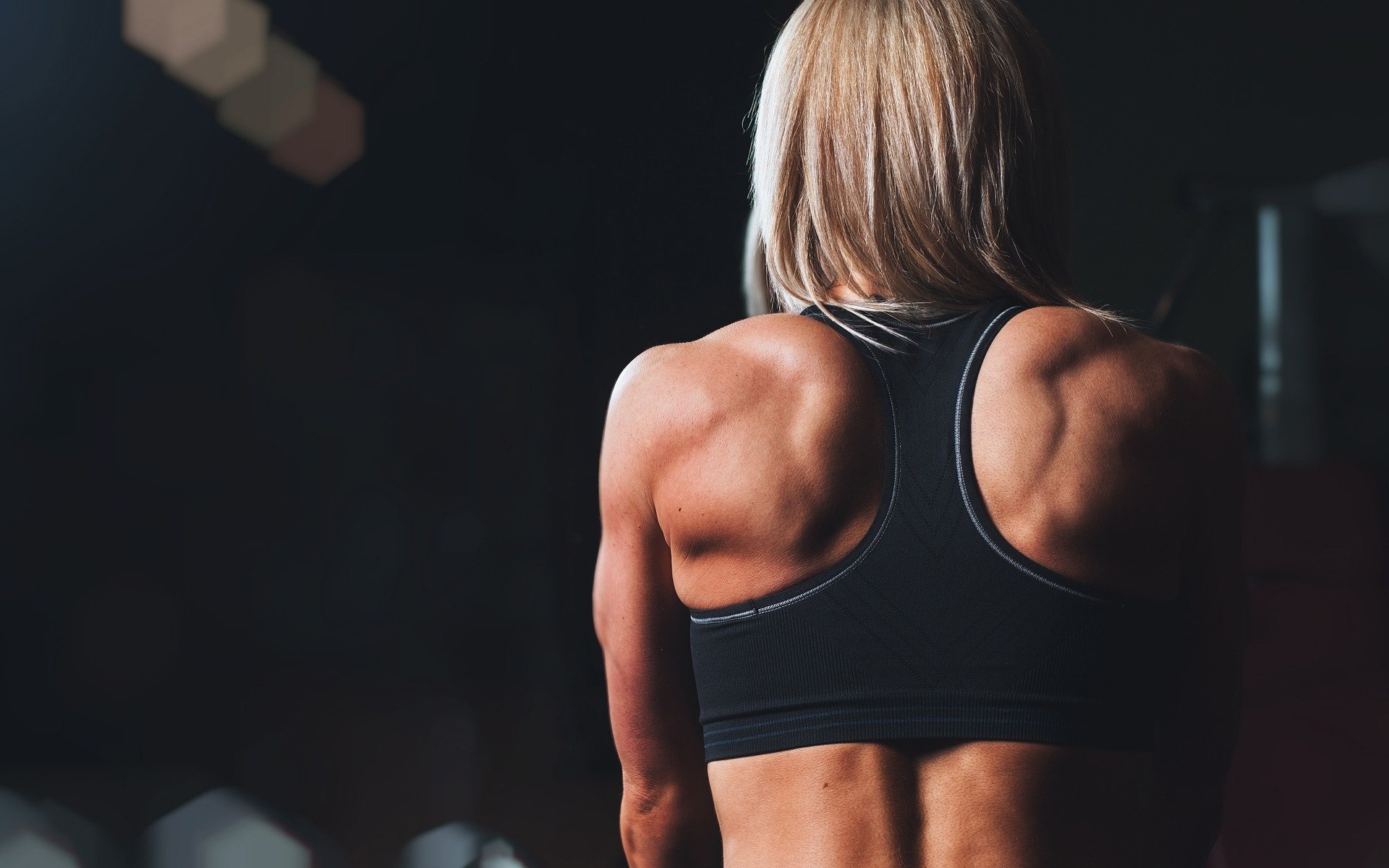
Warming Up Before Training
Many people, both beginners and those who have been in the fitness, recreational running, bodybuilding or strength sports business for a long time, often neglect to perform the introductory part of the class. And for good reason. Warming up before a workout is important and functionally necessary. It directly influences the efficiency and safety of the training process, and also speeds up the recovery rate after it.
What is the purpose of the warm-up?
Warm-up exercises prepare the body for upcoming workouts: they warm up muscles, joints and ligaments, “turn on” the blood depot of the liver and spleen, and ventilate the lungs. They also prepare the heart for the coming high number of contractions per minute, and the nervous system for the accelerated transmission of impulses, bring the endocrine glands into “starting readiness”. During the warm-up, the oxygen saturation of the blood increases, so the cellular metabolism is put on “full alert” mode.
The habit of warming up before training should be brought to automaticity. The warm-up will ensure a positive psychological mood, allow you to perform amplitude and/or strength exercises without the risk of injuries – sprains and tears of tendon and ligament connective tissue, subluxations and dislocations of joints. It will prevent you from fainting and make it impossible to have pain in the right or left subcostal area.
Types of warm-ups
What will consist of and how long a set of exercises for warm-up depends on the type of upcoming workout, time of day, physical fitness and current well-being. There are the following types of warm-ups:
General warm-up
- Warm-up of joints and muscles – dynamic exercises;
- Stretching – isometric exercises;
- Cardio-stimulation – 3-5 minute run, work on cyclic machines, skipping rope;
Special preliminary preparation
- e.g., an approach (series, set), which should be performed from 7 to 10 times, with lifting 30-50% of the maximum upcoming weight.
Basic warm-up exercises
Preparatory exercises belong to the category of general development exercises. They are done regardless of where and what you are going to do: training at home, on the street or in the gym, rocking or stretching, loading yourself with plyometrics or some kind of fitness aerobics, running, walking with Nordic ski poles, cycling, swimming.
The gold standard for starting a warm-up is a 1-2 minute cardio warm-up: a light jog and/or some strenuous walking in place.
Gymnastics for joints
A classic of the genre is the joint whirlwind warm-up from kung fu. Performed, 8-16 times to each side, circular movements:
- with the toe of the foot (standing on one foot);
- Closed knees (feet together, body is bent, palms resting on the knees, in the process of movement need to crouch down a little);
- open knees, asymmetrically inwards and outwards (legs shoulder-width apart, palms on knees bent 45 degrees);
- pelvis, and to increase the amplitude, you can “counterbalance” involve the shoulder girdle;
- shoulders;
- At the elbows, rotating the forearms in a mirror-like fashion (arms out to the sides);
- Wrist or fists (arms forward or to the side);
- Head (feet shoulder-width apart).
These simple movements will warm up the deep ligaments and increase the production of synovial fluid, which will protect the cartilage surface of the joints from deformation.
Muscle Warm-up
After the joints, the muscle fibers and ligaments should be warmed up. This is done by performing dynamic general development exercises, the bulk of which are twists, bends, lunges and squats.
The purpose of muscle warm-up before strength training or any other type of training is to increase the activity of physiological systems that are responsible for muscle work, and to raise the temperature homeostasis in them from 34 to 37.5 ° C. It should be performed until you sweat, but without fatigue. The heart rate at the end of this part of the warm-up should not exceed 130 bps.
General training exercises are the same for all sports, but the number of exercises for individual muscle groups still depends on the upcoming work. For example, more attention should be paid to the legs before running, and to the back before the powerlifting session.
Stretching before a workout
Stretching is not only necessary to improve elasticity of muscles, ligaments and tendons. It strengthens the interaction of muscle fibers and establishes intermuscular coordination.
In contrast to the joint warm-up, where masters of martial arts practice working the joints in the “bottom-up” direction, stretching before training advises to “move from head to toe”. At the same time, they recommend doing several different or increasing the number of repetitions of the same exercise, for the parts of the body that will experience the greatest load.
Pre-workout warm-up at the gym finishes with ballistic swings, difficult coordination hops, and a 3-minute cardio workout. After a moderate-intensity run, you need to get your breath back and you can begin your workout.
Warm up before a run
Most often people forget or neglect to warm up, considering it an unnecessary waste of time, just before running training. However, such preparation is necessary, especially if you plan to run on rough terrain. Warming up before running will prevent injuries to knees and ankles, prepare the heart, lungs, walls of blood and lymph vessels to the upcoming load, “save” from the occurrence of cramps in the side.
The order of exercises before a running workout is different from the warm-up you do before other types of workouts.
Home warm-up before a workout
It is clear that to do a warm-up at home and then drive or go to the gym is absurd. True, this option is acceptable before a running workout when it’s raining outside. But since you usually do some kind of rhythmic aerobics, stretching, dumbbell gymnastics or yoga at home, warming up before a workout at home can be advantageously different from the traditional standards used in the gym or on the street.